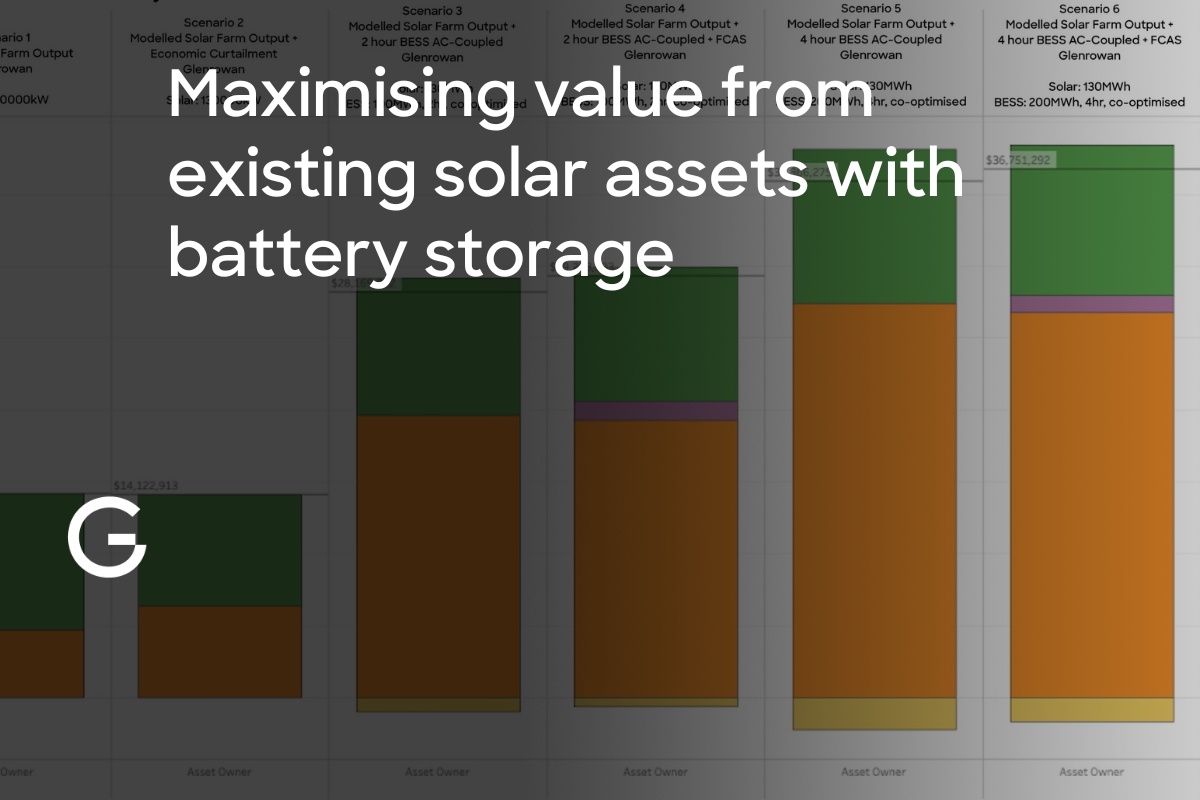Negative Cumulative Price in the NEM

What is the Cumulative Price?
The cumulative price is one of the protective backstops within the energy spot market of Australia’s National Electricity Market.
It is calculated as the rolling 7-day sum of the 5-min dispatch price. If this cumulative sum exceeds the cumulative price threshold (which corresponds to roughly 7 hours at the market price cap of $17,500/MWh), spot prices are capped at the Administered Price Cap of $600/MWh until the cumulative price eases below the threshold (usually ~ 7 days).
The design of the cumulative price threshold is clear, to prevent extended periods of extreme wholesale prices which could hurt consumers. But what happens if the cumulative price goes negative? Is there a floor?
High Renewables and Low Load in Spring
As Australia continues to deploy more renewables, we tend to see low operational demand in Spring because of high renewable production and less requirements for winter heating.
Spring is just around the corner, and the last week has been extremely windy (and sunny) in Victoria and consistent negative daytime prices saw the cumulative price steadily decline until it crossed into negative territory mid-afternoon on Thursday 29th August.

(NB: for legibility the prices have been clipped at $300/MWh in the chart above; there have been occurrences of prices > $300/MWh over the last week)
This is not the first time this has happened — the cumulative price has previously gone negative in both South Australia and Victoria, with the first occurrence in December 2022. But this event could be the largest and longest incidence … to date. Currently, there is no floor on the cumulative price.
It’s worth noting, as the chart below shows, that prices haven’t been consistently negative — the price is still largely positive during the morning and evening peaks. But the consistency and volume of negative prices has been relentless, driving the cumulative price further and further south.
But does a negative cumulative price actually mean anything? Possibly not, nothing has broken or blown up, but it does create losers and winners, and I'm also willing to wager that the original market designers never envisaged negative cumulative prices in their wildest dreams.
Never a boring day in the NEM!



.jpg)

.jpg)

